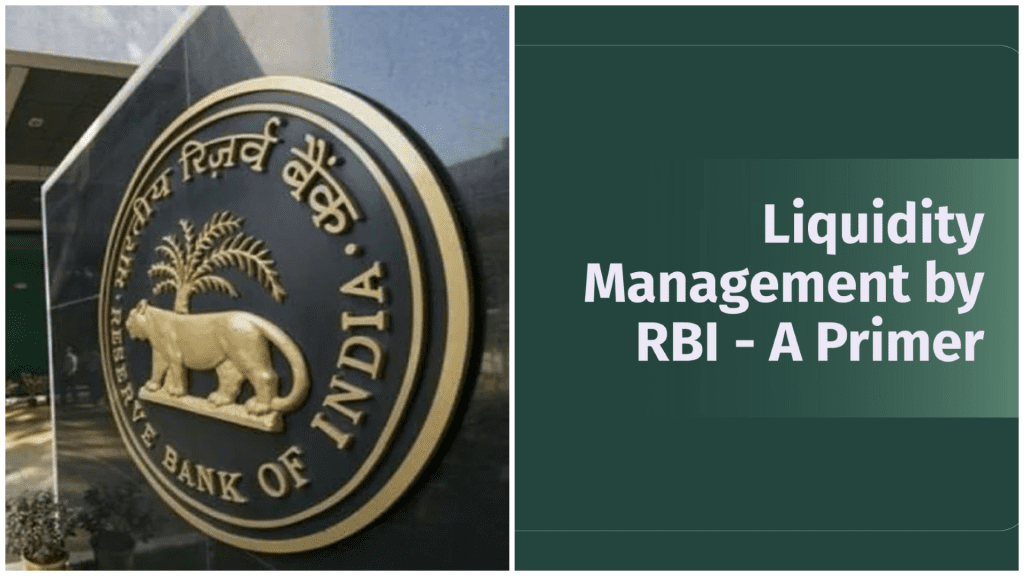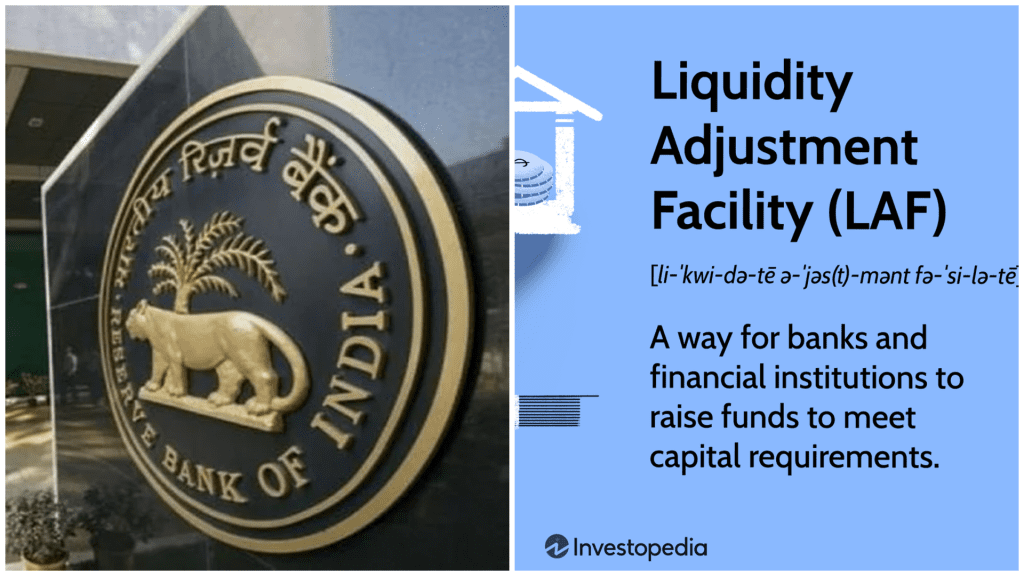
India’s Central Bank Launches $11.6B Reverse Repo Operation to Stabilize Markets – Here’s What You Need to Know
Imagine you’re an investor or running a bank in Mumbai. Suddenly there’s too much money circling around—overnight interest rates drop too low—and it starts to break the system. That was the story earlier this week, until the Reserve Bank of India (RBI) took a bold step.
On June 24, the RBI announced a seven-day variable rate reverse repo (VRRR) auction worth ₹1 trillion (about $11.6 billion), scheduled for June 27. The goal? Squeeze excess liquidity from the banking system and bring overnight call rates closer to the repo rate.
Why does this matter? Imagine rates falling below the Standing Deposit Facility (SDF) rate or even the main repo rate. It’s like stores slashing prices in a panic—unsustainable and risky. With a liquidity surplus of ₹2.44 trillion (roughly $28.6 billion) on June 23, the RBI knew action was essential.
They didn’t stop there. The RBI also canceled its planned 14-day liquidity infusion and is set to cut the cash reserve ratio by 100 basis points to 3% starting September. That’s like loosening rules to ensure banks can effectively lend again. The mission? Bring short-term rates back into harmony and ensure money moves healthily through the system.
What This Means for You—and India’s Economy
Let’s break down why this move by the RBI is more than just technical jargon.
- Bank Lending Gets Healthier
When overnight rates dive too low, banks hoard money. That means fewer home loans, fewer small-business loans. The reverse repo curbs that, nudging cash back into lending loops—and that sparks growth. - Bond Yields Stabilize
If liquidity floods too much, bond yields drop below target levels, disrupting pension funds and long-term investors. This move ensures bond markets stay balanced. - Interest Rates Align Across the Board
By blending reverse repo and cash reserve ratio cuts, the RBI helps align other rates—like term and retail lending—with their target repo rate, smoothing policy impact. - Investors and Businesses Breathe Easier
Market watchers see this as proactive and well-timed. It signals RBI’s readiness to maintain stable money conditions. It also complements recent rate cuts aimed at boosting consumption and investment. - Background Context
June’s inflation fell to 2.82%—well below the 4% target. That’s why RBI already reduced its key rate by 50 bps and lowered the reserve ratio in its June meeting. This VRRR action is round two—focusing on transmission and liquidity.
Why This Matters to the Everyday Indian
- Borrowers will see steadier and fairer loan rates, from home mortgages to car finance.
- Businesses can access credit more easily, supporting expansion and hiring.
- Consumers may get better credit deals, fueling spending on homes, cars, and everyday goods.
Picture a family in Chennai who’d been hesitant to apply for a loan because borrowing costs were murky. With cleaner, stable rates, they feel confident. Or a small Punjab farm planning to expand—suddenly loans look less daunting, thanks to calmer interest rate dynamics.
In policy terms, RBI isn’t waiting for inflation to completely bottom out. They’re acting now—sacrificing short-term convenience to secure steady growth. It’s a sign they understand the power of preemptive care—and it can pay off big time.
The Road Ahead: What to Watch
- Auction outcome: If the ₹1 trillion soak-up brings overnight rates closer to the target, that’s a green light.
- Market reaction: Watch bond yields, lending rates, and liquidity indicators.
- Future RBI decisions: Expect focused communication around future CRR cuts and VRRR moves.
- Inflation & growth stats: If inflation stays low and growth holds steady, we may see more central bank support via rate cuts.



